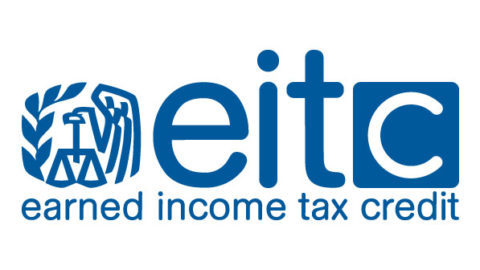
Prior to the November 2012 general election, many San Franciscans viewed the City’s Payroll Expense Tax as providing a disincentive for businesses to locate in the City because taxes would increase as the businesses moved employees into the City.
In an effort to eliminate this perceived tax disincentive, in November 2012 San Francisco voters passed Proposition E (“Prop E”), enacting the Gross Receipts Tax, which went into effect on January 1, 2014. In addition to transitioning from a Payroll Expense Tax to a Gross Receipts Tax, Prop E also shifts the City’s Business Registration Fee to be measured by gross receipts instead of payroll expense, commencing with the 2015-2016 registration year.
The goal of Prop E was to transition the City from a Payroll Expense Tax to a Gross Receipts Tax over a 5-year period. This way, taxpayers would not be faced with a significant change in liability in a single year, and there would be less fluctuation in the City’s revenue stream during the transition. In its first year (2014), the Gross Receipts Tax is imposed at 10 percent of the rates approved by the voters, while the Payroll Expense Tax remains at 90 percent of the rate applicable in prior years. Gross Receipts Tax rates are intended to gradually increase over the subsequent four years as the Payroll Expense Tax rate decreases.
Like California’s Franchise Tax, the City’s Gross Receipts Tax is determined on a combined basis. Tax rates (graduated based on the amount of gross receipts) and allocation/apportionment methodologies under the Gross Receipts Tax vary depending on the nature of the business—generally determined based on the business’s North American Industry Classification System (“NAICS”) code(s). For example, gross receipts derived from manufacturing (NAICS codes 31, 32, and 33) would be subject to different rates and allocation/apportionment methodologies than gross receipts derived from the provision of accommodations (NAICS code 721). Tax returns continue to be due on the last day of February, with quarterly installment payments due by the end of April, July, and October.
For more information about the City’s transition to the Gross Receipts Tax, please go to the website of the Office of the Treasurer and Tax Collector, at sfbiztax.org, or read the text of the Gross Receipts Tax Ordinance itself in Article 12-A-1 of San Francisco’s Business and Tax Regulations Code.






0 comments on “San Francisco Begins Transition to Gross Receipts Tax”